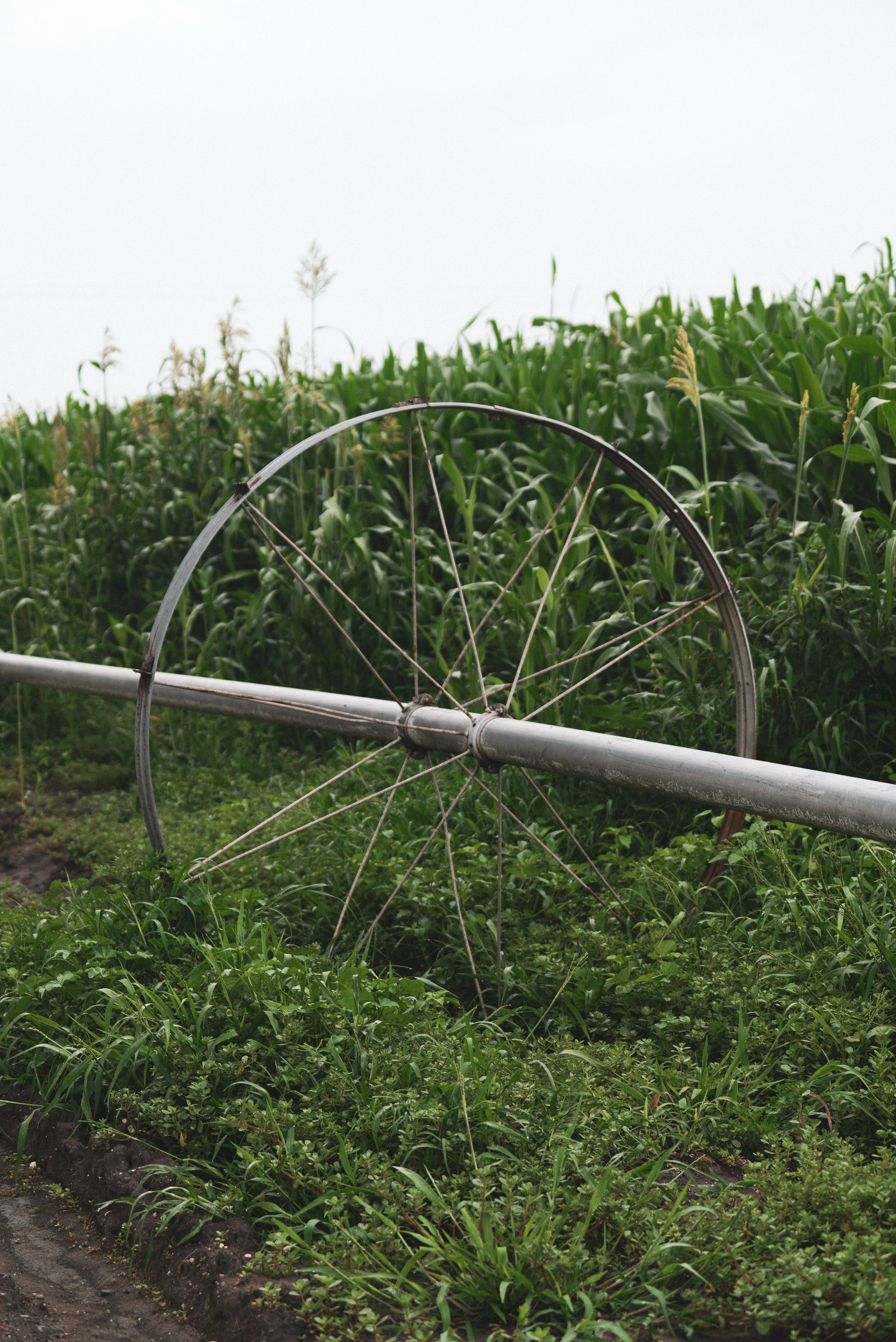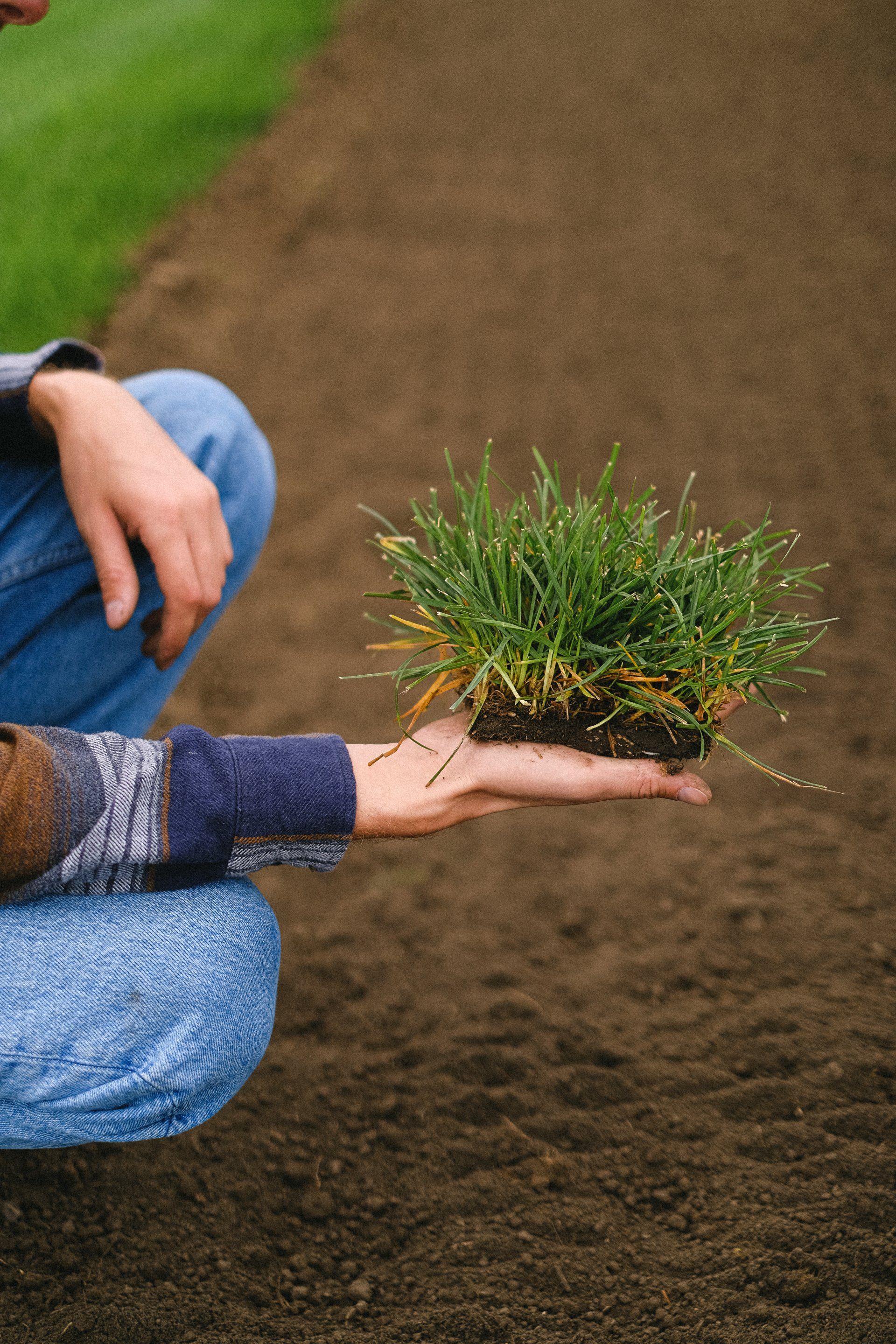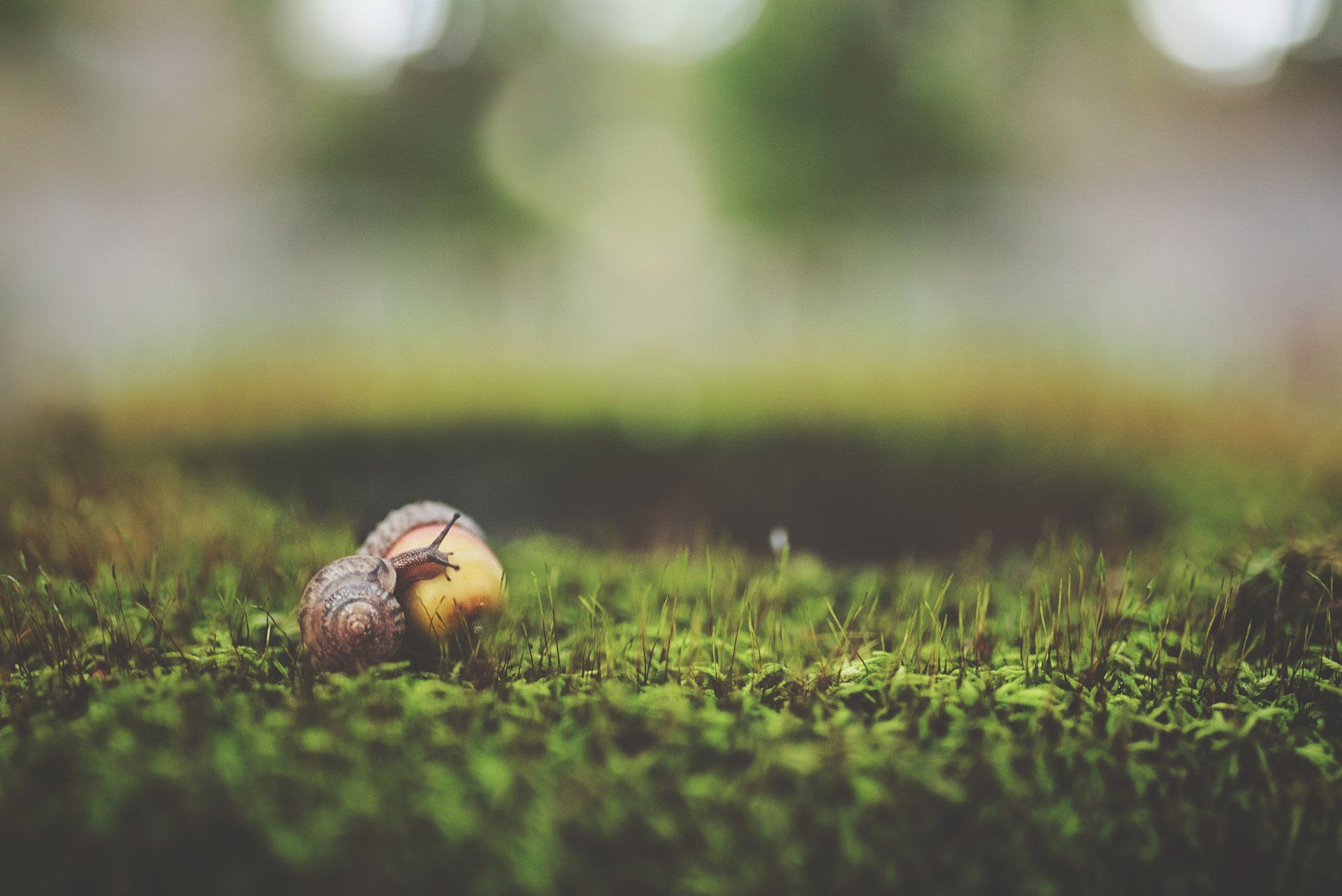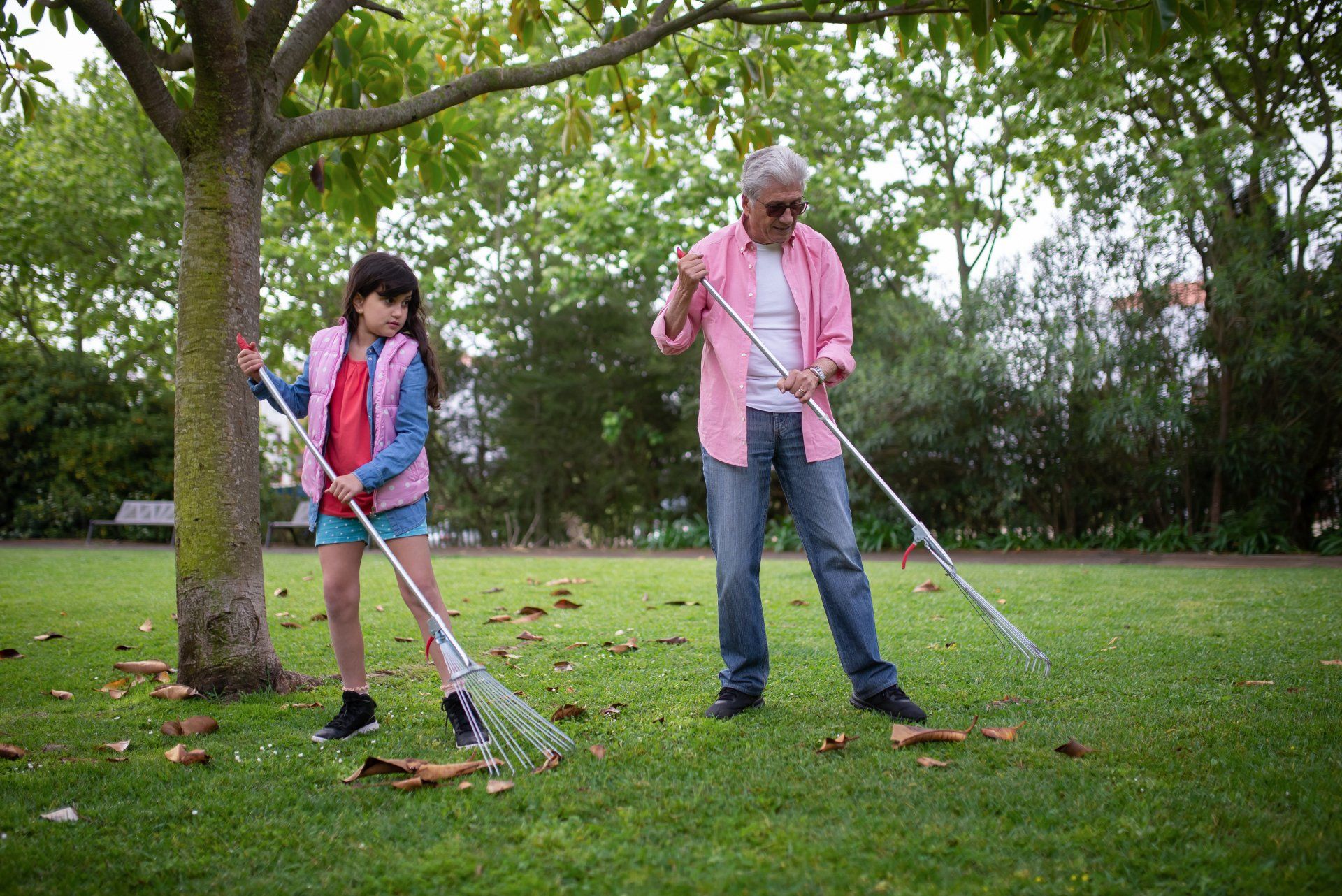How to Care for Indoor Plants
How to Care for Indoor Plants
Nothing refreshes your interior living space more than indoor plants. And in addition to their attractiveness, they can also aid in improving the quality of the air you breathe. One of the most important things to do to keep your plants healthy and happy is to examine your soil and provide them with the appropriate levels of nutrients, sunlight, and water. If your plants appear dull, we've got helpful tips for indoor plant care to help get your plants back in shape.
How to Care for Indoor Plants
Although all plants have the same requirements for nutrients, water, soil, light, the requirements for these elements will differ with each season. Here are some helpful ways to take care of indoor plants all year long:
Spring
Following the winter dormancy phase and the days become longer, the temperatures rise, and the house plants begin to develop new growth. This is the ideal opportunity to pot plants which have outgrown their pots, and you can choose the new pot, which is anywhere between one and two inches wider than the old.
The spring season is also the perfect opportunity to fertilize your garden with about half-strength, to give them a boost.
Include your plants in your spring cleaning tasks by gently wiping off waxy leaves with a damp sponge and dusting the delicate leaf using a soft brush. Always keep the leaf's underside in place to avoid breaking. Remove any yellow leaves and trim the long vines that are becoming excessively sagging.
Summer
Make sure to watch your indoor plants during the summer season as they could be scorched if they are left in a bright window. The summer months are the best season for indoor plants that aren't able to do well in heat and will enjoy the cooling indoor comfort.
The summer heat can strip the plants in your home of moisture, and it's crucial to inspect them every couple of days to see whether they're dry. Make sure to water slowly and thoroughly whenever you need to for the optimal results. You can also increase the amount of moisture by putting pots of plant material in a pebble-like bed that is filled with water or misting regularly.
Fall
The drastic temperature variations between evening and daytime can cause damage to plants. Introduce plants that were planted outdoors to cool down and inspect for insects.
You should water your plants less frequently; however, you should increase the humidity inside your home to make up for heated, dry air.
Relocate plants as needed to ensure they get adequate lighting during shorter days.
Avoid fertilization until spring.
Winter
Prepare to relocate your plants to another area to meet their lighting requirements. Also, be sure to keep them away from cold windows or areas that aren't heated.
Keep an eye out for pests, as plants are more prone to a lack of sun as well as increased humidity and extreme heat.
The practice of overwatering is prevalent in winter and is the most common method to kill your home plants. Place pots of plants in the bathtub or sink and let any excess water evaporate before putting them in the saucer for your plant.
Troubleshooting Tips for Ailing Indoor Plants
Adjust your routine for plant care according to your needs in order to ensure the best growth and health.
Problem: Tips of the brown leaf
The causes are low humidity, temperatures that are high, or an absence of water. It can also be caused by salt accumulation. A lot of fertilizer or softened water could result in the tips of leaves to turn brown.
Problem Issue: Wilting foliage
The reason for this is that your pot could be too small, or you might have to keep your plants watered more frequently.
Problem: Leaf drop
Causes: Extreme fluctuations in temperature, root damage due to overwatering, or exposure to gases or other contaminants.
Problem: Growth that is stunted
Solution: Insufficient light poor drainage, poor humidity, and a lack of fertilization.
Ready to work with Landscape GroundExperts Grande Prairie?
Let's connect! We’re here to help.
Send us a message and we’ll be in touch.
Or give us a call today at 587-803-0516
Landscaping Grande Prairie Quote
We will get back to you as soon as possible.
Please try again later.
More Tips!
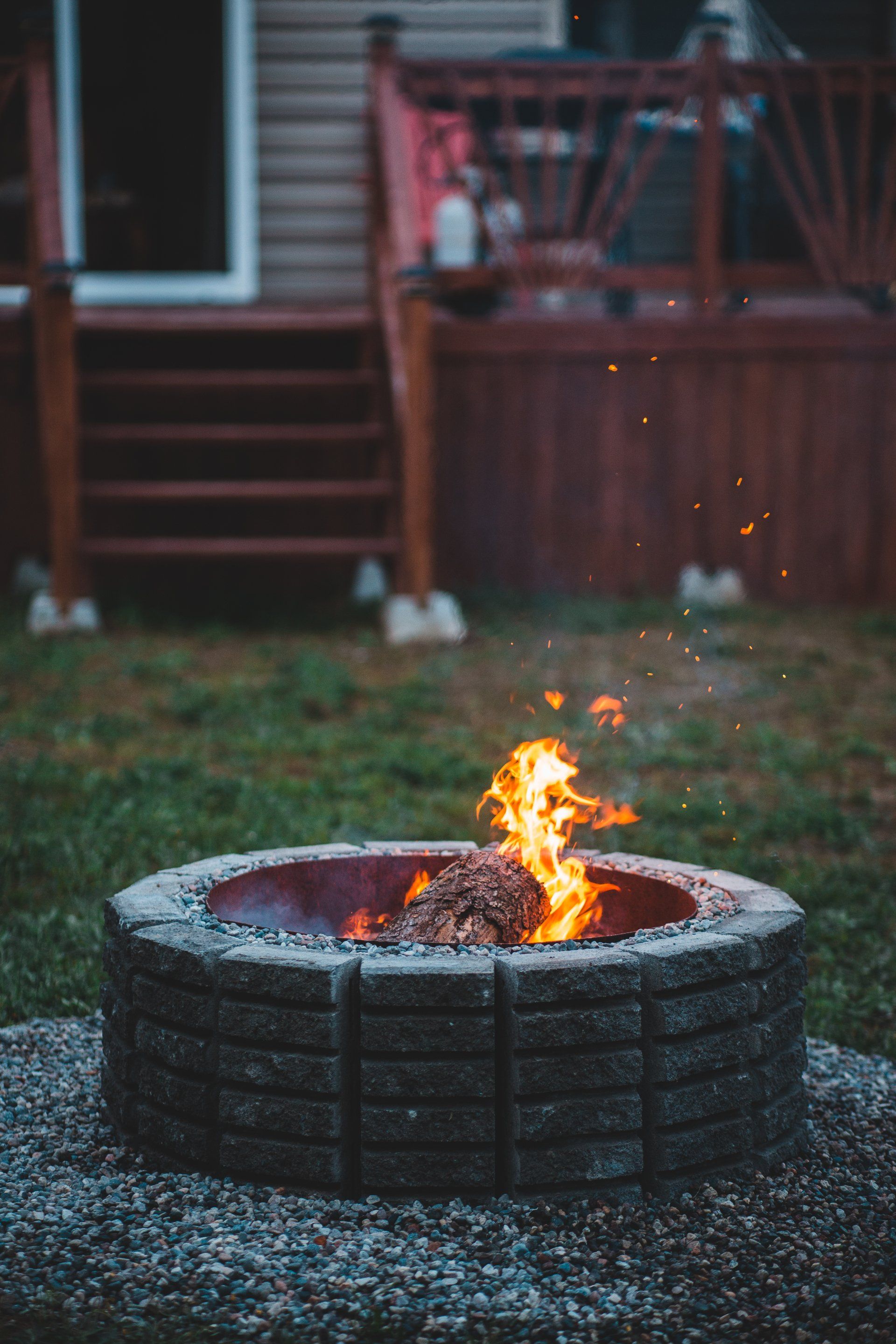


Let’s talk about your project
Fill in the form or call to set up a meeting at 587-803-0516.
Landscaping Grande Prairie Quote
We will get back to you as soon as possible.
Please try again later.
Landscape GroundExperts Grande Prairie
Landscape GroundExperts Grande Prairie
10805 116 St, Grande Prairie, AB T8V 8G8
| Landscape GroundExperts Grande Prairie

